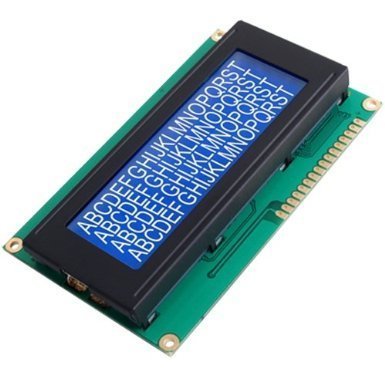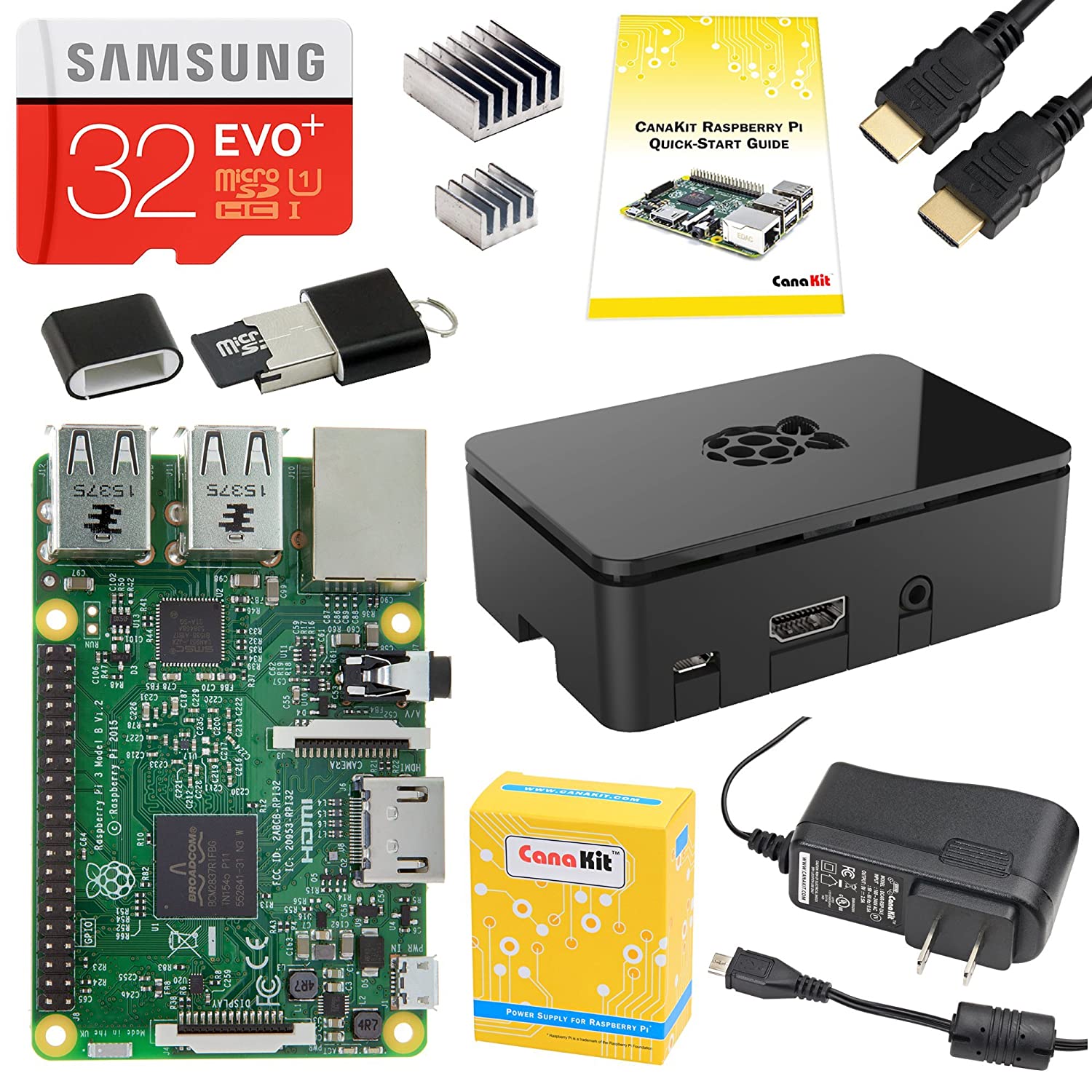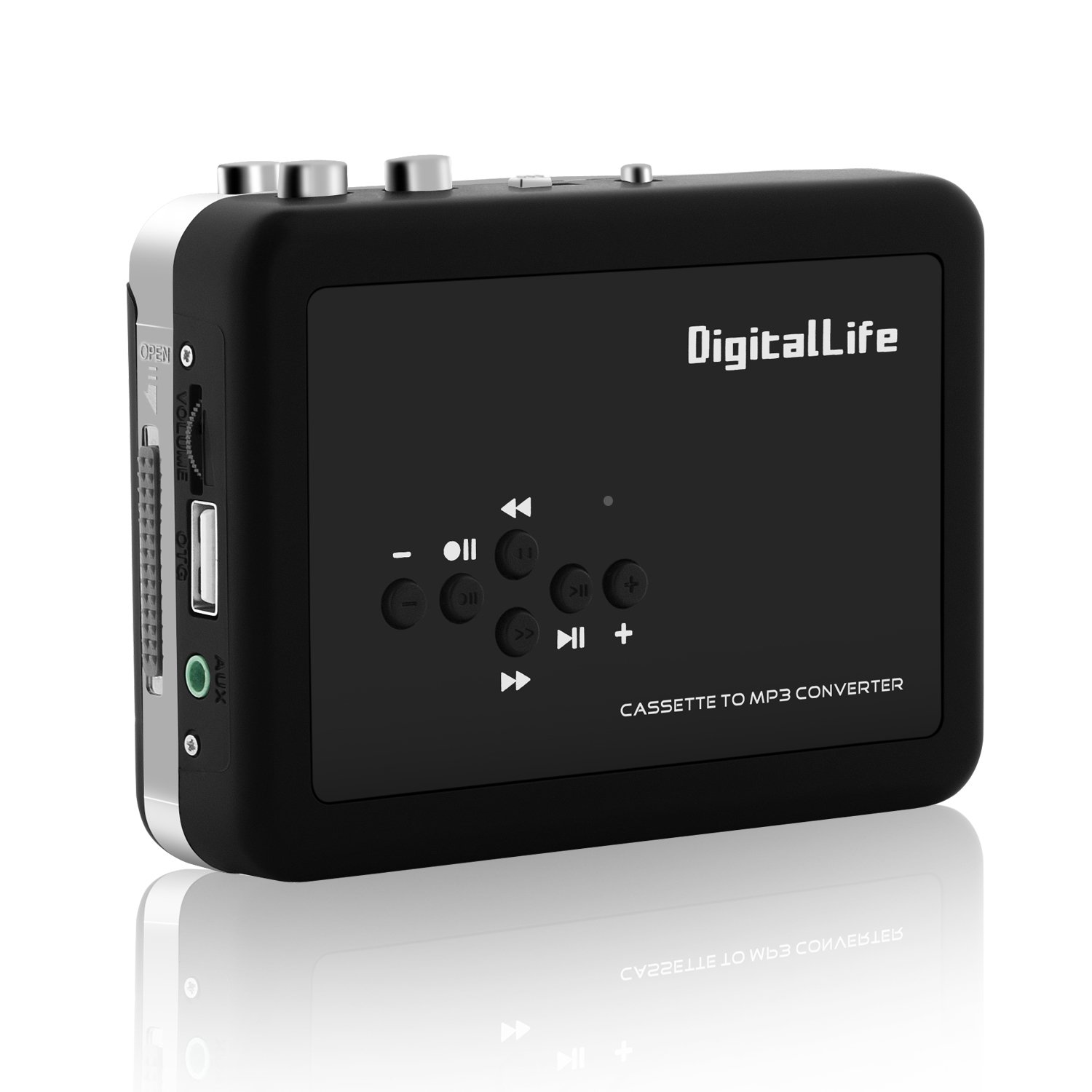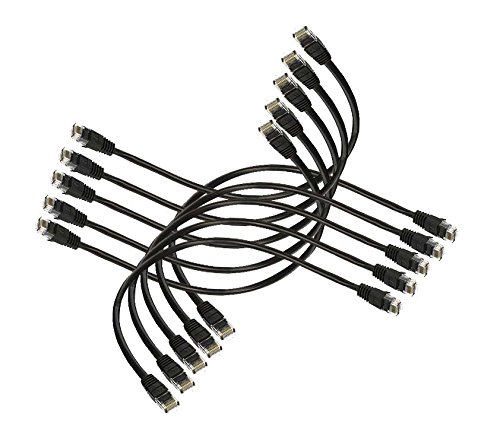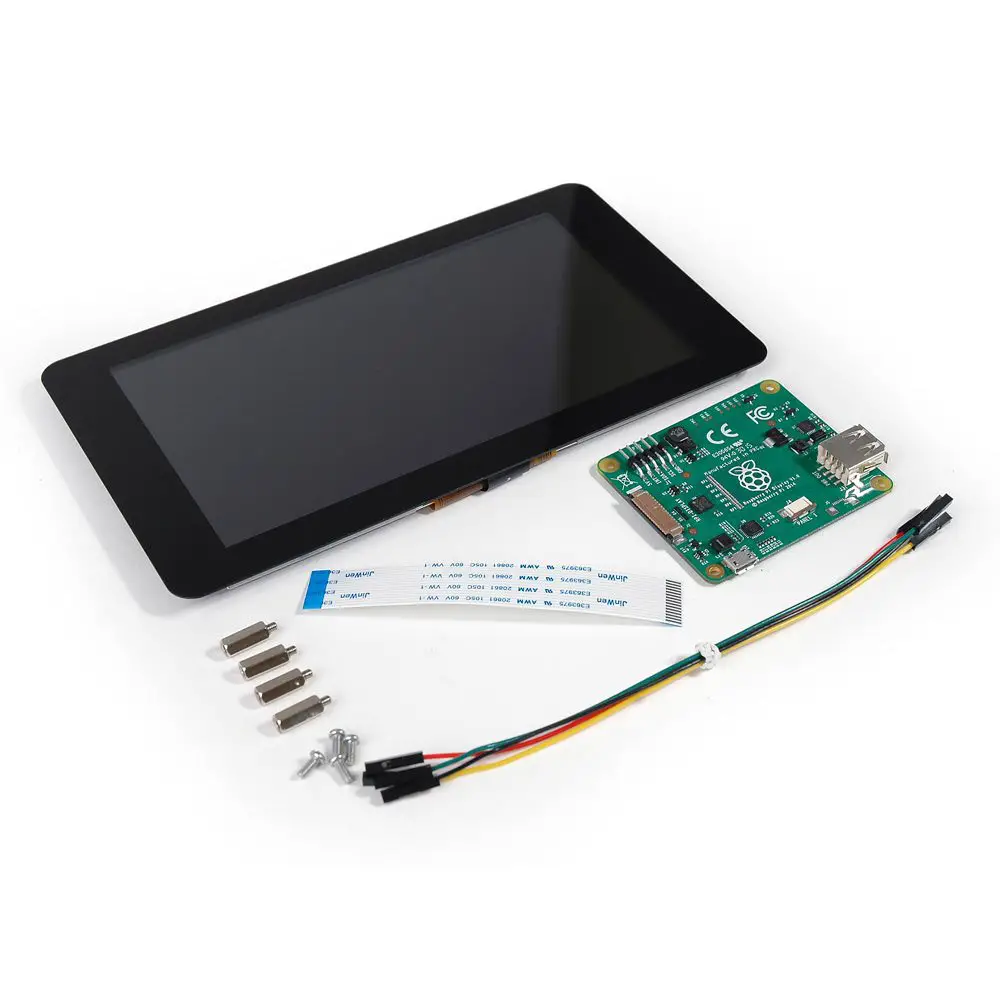; Date: Sat Jan 26 2019
Tags: Apple »»»» Apple Hardware Mistakes »»»» Apple Flexgate »»»» MacBook Pro »»»»
Apple's quest seems to be ever-thinner-lighter computers, which is nice for those of us carrying computers around, but makes Apple introduce design defects. A couple years ago it was learned one could bend the iPhone in half because it was too thin. Now we've learned that recent MacBook Pro displays can prematurely fail, directly because of Apple's quest to make it incredibly thin. There are two related problems -- In some MacBook Pro's, the display shows an effect like stage lighting (The Stage Light Effect), and in others the display simply shuts off.

The Flexgate problem in 2015-2017 MacBook Pro's
UPDATE: In early March 2019 it was learned Apple had quietly fixed the Flexgate problem starting with 2018 MacBook Pro's -- see Apple quietly fixes MacBook Pro 'Flexgate' design flaw -- leaving owners of 2015-2017 MBP's hanging
The problem, as you'll see documented in the videos below, is Apple's new approach of connecting the laptop display to the logic board. If you think about it, making that connection requires some kind of cable between the display unit and the rest of the laptop, because the logic board sits underneath the keyboard.
Previously Apple used a regular cable between the display and the logic board, and designed that cable to be replaceable. If the cable broke it was an easy and inexpensive fix, because the cable cost $6 or so. The new design uses a flexible ribbon cable THAT IS PART OF THE DISPLAY. If that flexible cable breaks it cannot be replaced without replacing the entire display. And these displays are expensive.
The behavior is that you'll open the laptop as normal, but at some point the display either goes dark or goes to the stage light effect. I have screen captures below demonstrating both issues.
What can Apple customers do in regards to Flexgate?
Our solution, as consumers, is to avoid buying the affected MacBook Pro's. Or if you've bought one, to lobby Apple for a fix.
As a practical matter this issue is not so easily fixable because Apple's brilliant engineers painted themselves into a corner. Hopefully Apple has some folks in Cupertino studying what to do, and whether any remedy is possible. But keeping up pressure on Apple is the only way forward.
This issue is squarely a problem in the hardware design of recent Apple MacBook Pro computers. Apple chose to change the sort of cable being used, and that cable design is prone to failure. Because of this choice the repair is so expensive that most MacBook Pro owners would instead opt to buy a new computer.
Forcing customers to buy new computers is good for Apple's bottom line. Apple wouldn't be the first company to start practicing planned obsolescence. And, Apple's current hardware designs have the side effect of limiting the repairability of their products. Say the SSD in the Mac Mini 2018 fails? It's soldered to the logic board and cannot be independently replaced, requiring an expensive logic board replacement, for example.
Planned obsolescence is not good from our, the consumer, standpoint. We as consumers have limited budgets, and spending excess dollars on expensive devices that quickly break forcing expensive repairs or expensive replacement -- that situation is going to drive the customers away.
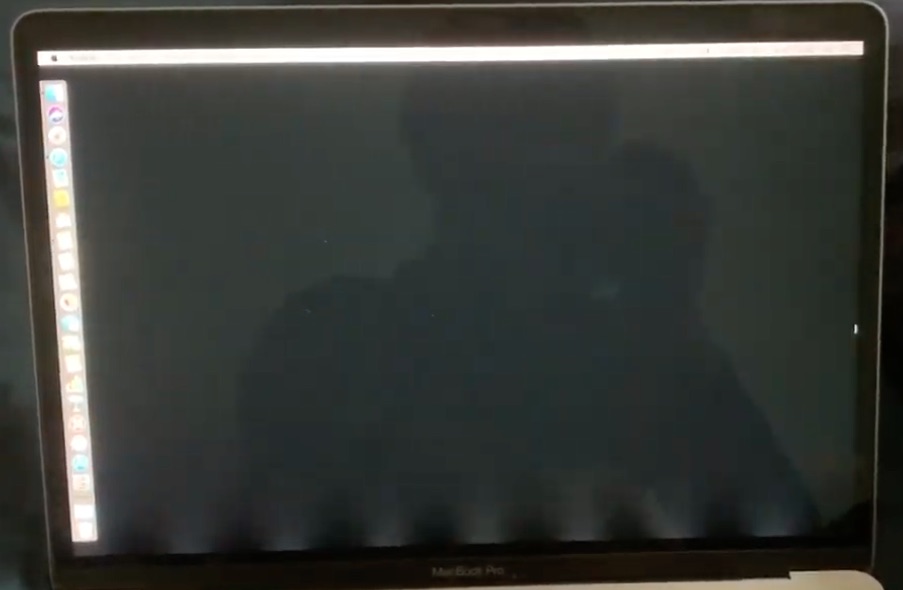
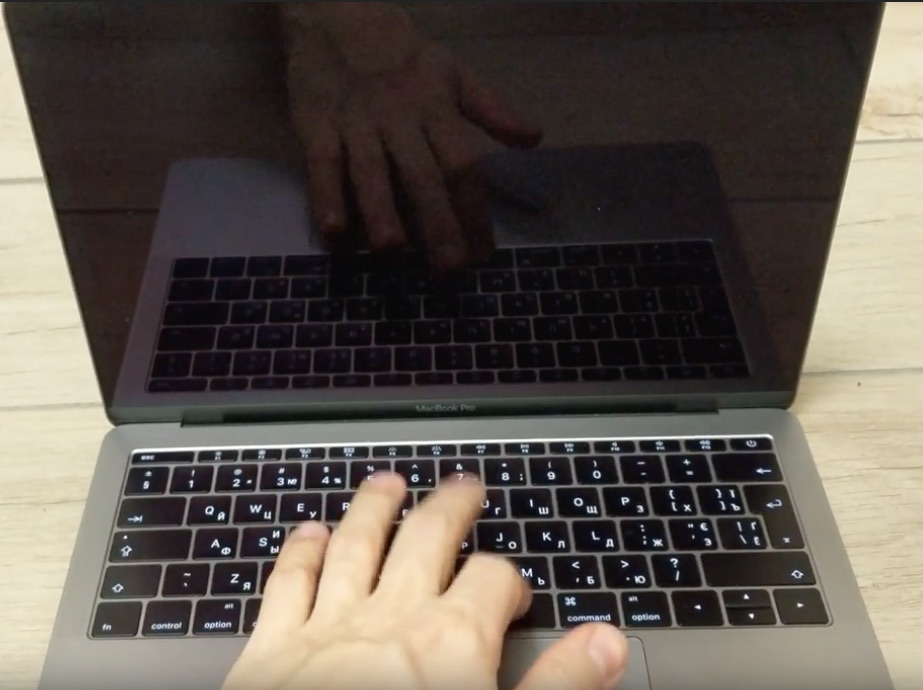
Resources:
https://ifixit.org/blog/12903/flexgate/



